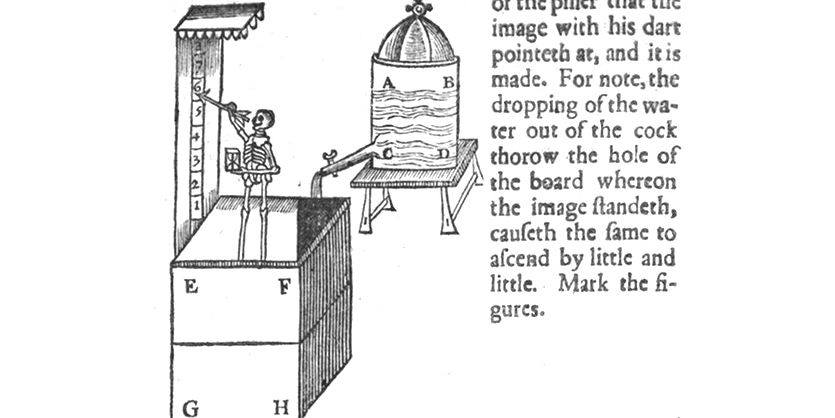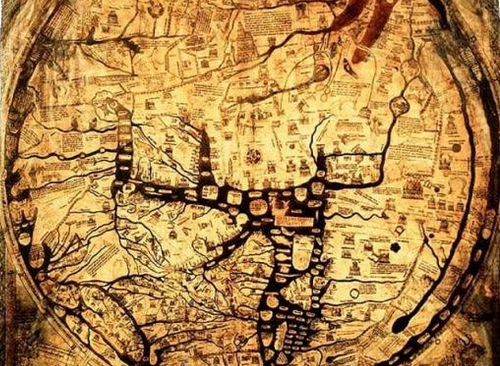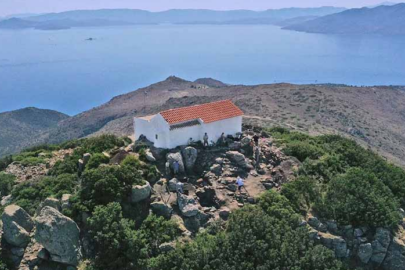So begins the preface to The Mysteries of Nature and Art by John Bate, one of the most charming of seventeenth-century illustrated technical compendiums.
Describing mechanical contrivances that are a mix of the useful and bizarre, this work tackles the subjects of water works, fire works, drawing and painting, and miscellaneous experiments – the last of which Bate terms ‘extravagants’ because they are ‘confusedly intermixed’.
Technical manuals were produced prolifically in the seventeenth century, reflecting progress in technological growth. This was a time of fundamental transition, with a spirit of initiative and invention that resulted in significant advances in science. Innovations and developments in areas such as mechanics, astronomy and chemistry were to pave the way for the industrial revolution. Dissemination of new ideas via printed treatises was crucial to the efforts of inventors and technicians.
Bate’s work is resolutely practical in nature. Originally printed in 1634, according to the title-page its ‘treatises’ were ‘partly collected, and partly of the authors peculiar practice and invention’; as stated in the preface, Bate wrote it based on ‘industry and experience’. A small, economical and easily portable book, it was popular enough to warrant the publication of an expanded second edition only a year after the first. A further augmented edition was produced in 1654. While containing more illustrations, this last edition is poorly printed and is not nearly so attractive as its predecessors.
Facebook is making a bracelet that lets you control computers with your brain
The first section on water-works describes various ingenious machines that convey and force water. There is, for example, an engine ‘to force water up to a high place’; this pump, we are informed, is ‘very useful for to quench fire amongst buildings’. Other devices include weather glasses, water clocks, fountains, siphons, pumps, waterwheels, and watermills. Of the various water clocks described, my favourite has to be the one which utilizes a rather jolly grinning skeleton who marks the hours from a moving platform, reminding us all of our eventual doom.
Read more: Public Domain Review








































